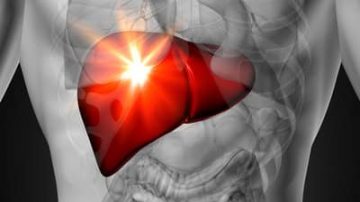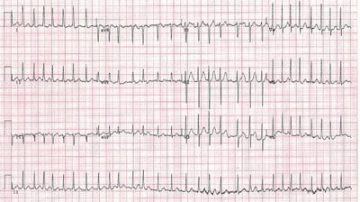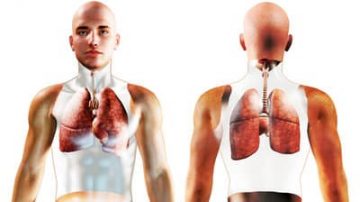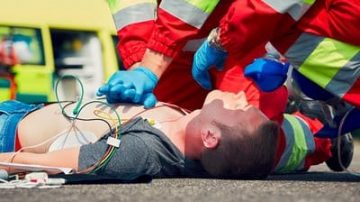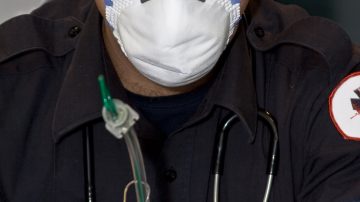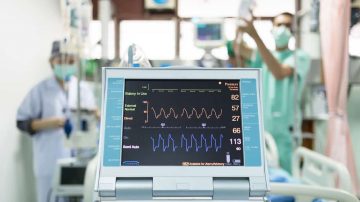More Articles – Arterial line, Dermatology, Gastrointestinal diseases, Medical General, medical procedures
Acute pancreatitis (AP) has increased in the past decade and accounts for over 275,000 annual hospital admissions in the U.S. and estimated medical costs of $2.5 billion. Noteworthy points are as follows: Morbid obesity and DM 2 are independent risk…
Read More






